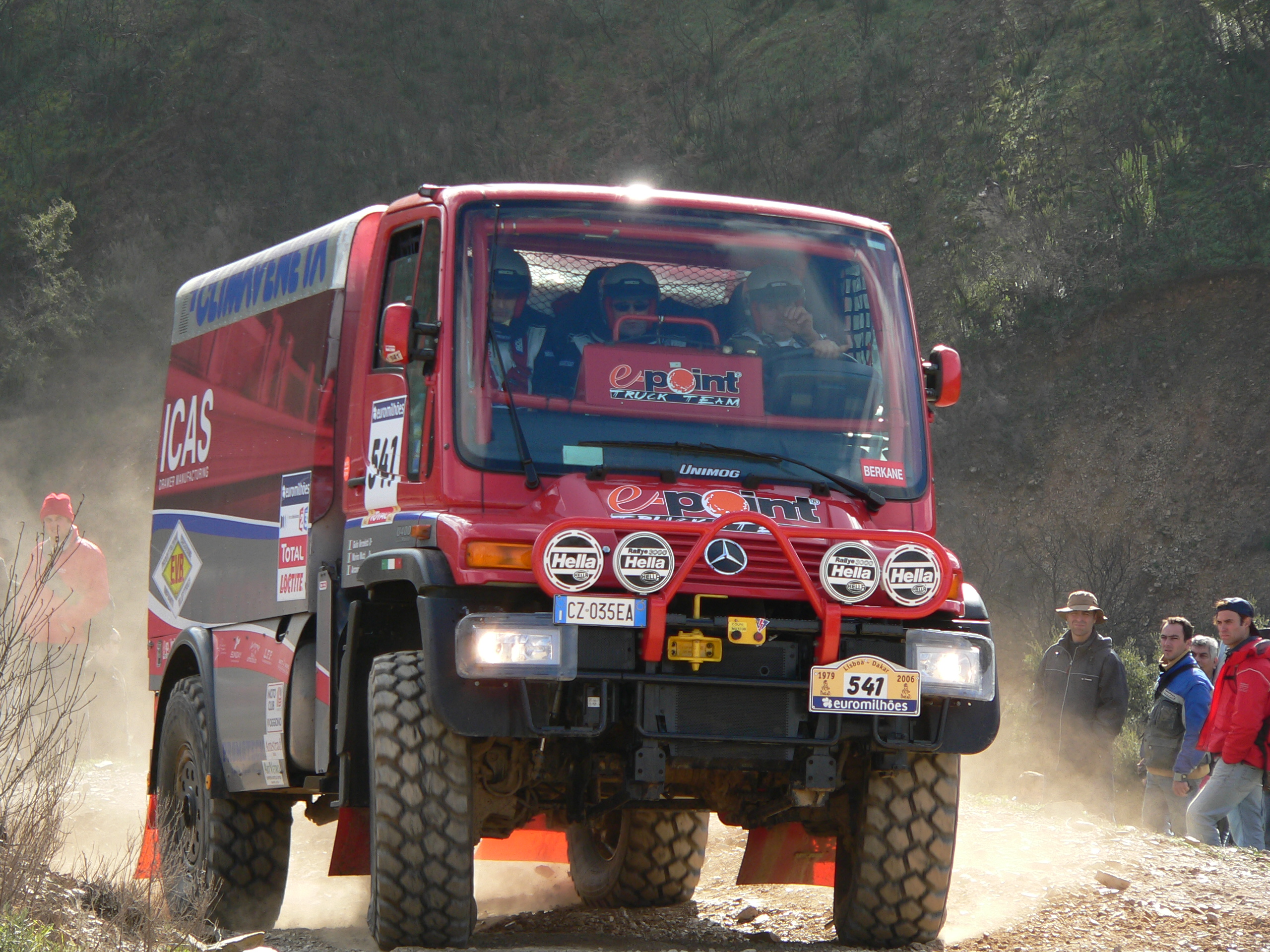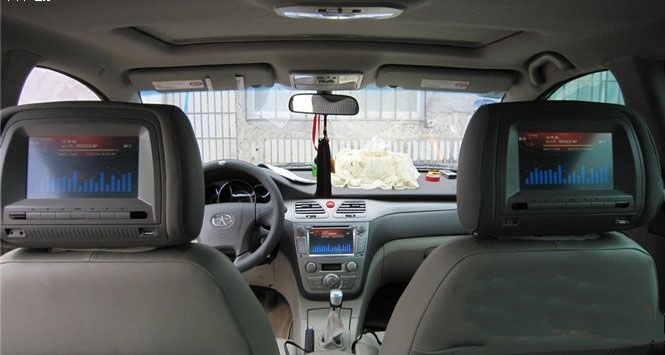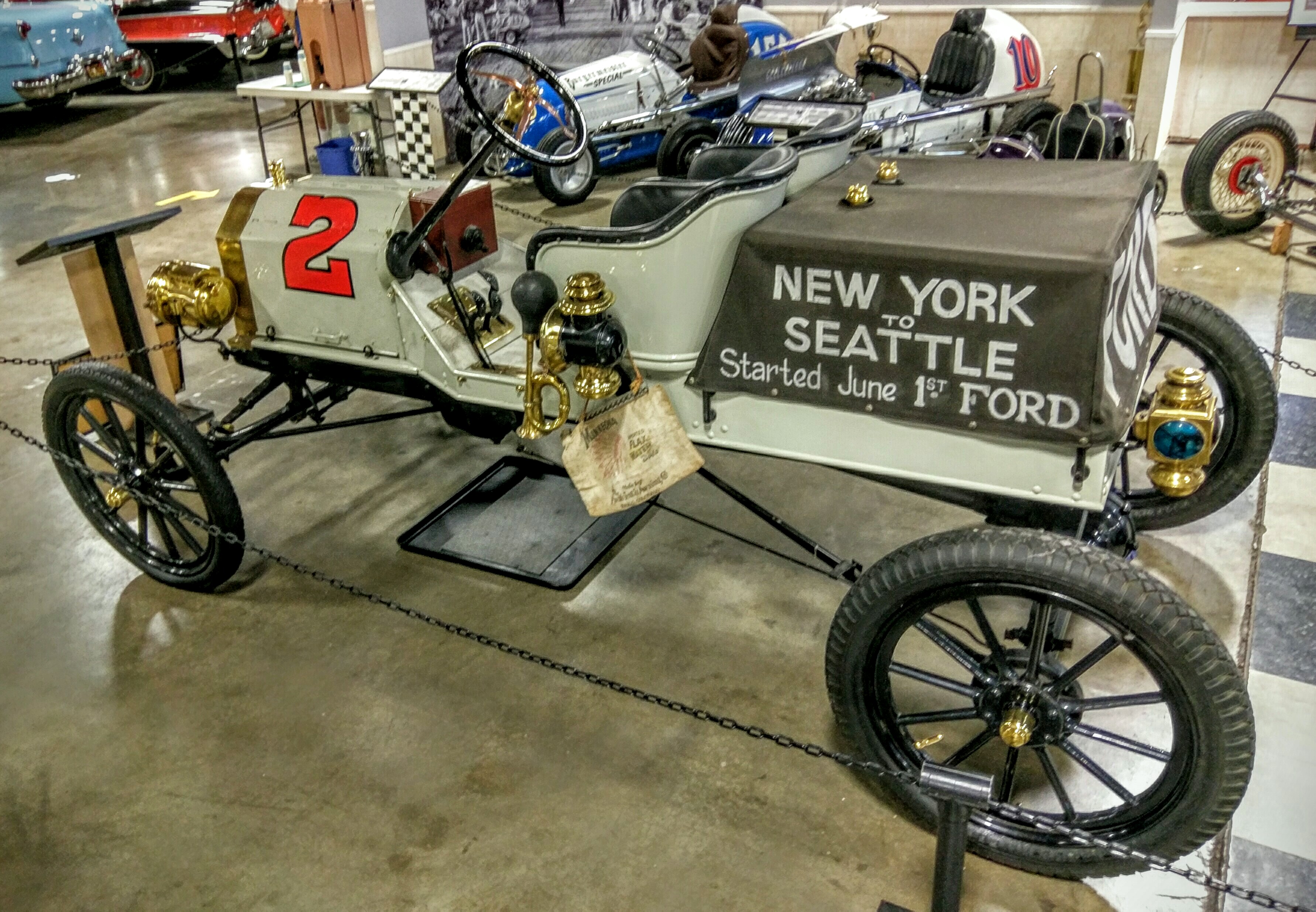|
Zenvo TS1 GT
The Zenvo TS1 GT is a limited production sports car manufactured by Danish automobile manufacturer Zenvo Automotive. It was unveiled at the 2016 Geneva Motor Show. Though the TS1 GT shares a similar chassis and body with its predecessor, the ST1, its new powertrain and upgraded interior earn it a new model designation along with the 'grand tourer' qualification. The production of the car is planned to be limited at 5 units per year, an increase from the limited 15-car total production run of its predecessor. Specifications Engine The Zenvo TS1 GT is powered by a 5.8-litre Twin-supercharged V8 engine which is based on a Chevrolet GM architecture and is further modified and developed in-house, rated at at 7,100 rpm and of torque at 5,500 rpm. The engine has mid-rear mounted position. Transmission and suspension The TS1 GT is equipped with a 7-speed dual-clutch automatic with helical-cut dog gears. The transmission is paired with a Torsen limited-slip differential an ... [...More Info...] [...Related Items...] OR: [Wikipedia] [Google] [Baidu] |
Zenvo Automotive
Zenvo Automotive A/S is a Danish supercar manufacturer located in Præstø on the Danish Island of Zealand. Co-founded in 2007 by Jesper Jensen and Troels Vollertsen, the company ran under the name Nordic Sports Car A/S until 2009 when the company was rebranded to Zenvo Automotive to tie in the reveal of the ST1. In June 2018 the company was sold to Czech investors, based in Prague. The name 'Zenvo' is derived from a combination of the last three and first two letters in Vollertsen's last name. History Zenvo Automotive was founded in 2007. The first prototype of what became the Zenvo ST1 was completed in December 2008, and production began in 2009. Only 15 Zenvo ST1 cars were built and sold. In April 2018, ''Bil Magasinet'' reported that despite Zenvo's feelings that their cars were too expensive for the home market, for the first time a Zenvo was sold to a Danish customer. It was a red Zenvo TSR-S, sold for DKK 10.5 million (US$1.65 million). In 2019, Jens Sverdrup became an a ... [...More Info...] [...Related Items...] OR: [Wikipedia] [Google] [Baidu] |
Torsen
Torsen Torque-Sensing (full name Torsen traction) is a type of limited-slip differential used in automobiles. It was invented by American Vernon Gleasman and manufactured by the Gleason Corporation. Torsen is a portmanteau of Torque-Sensing. ''TORSEN'' and ''TORSEN Traction'' are registered trademarks of JTEKT Torsen North America Inc (formerly Zexel Corporation, formerly Gleason Power Systems). All Torsen differentials have their origin in the Dual-Drive Differential that was invented and patented by Gleasman in 1958. Use Torsen differentials can be used in one or more positions on a motor vehicle: * center—used to apportion torque appropriately between front and rear axles on an all-wheel drive vehicle. * rear—used to apportion torque appropriately between left and right sides in rear axles. This may be on either a rear-wheel drive or a four-wheel drive vehicle. * front—used to apportion torque appropriately between left and right sides in front axles. This may be on ei ... [...More Info...] [...Related Items...] OR: [Wikipedia] [Google] [Baidu] |
Degrees Of Freedom (mechanics)
In classical mechanics, physics, the number of degrees of freedom (DOF) of a mechanical system is the number of independent parameters required to completely specify its configuration or state. That number is an important property in the analysis of systems of bodies in mechanical engineering, structural engineering, aerospace engineering, robotics, and other fields. As an example, the position of a single railcar (engine) moving along a track has one degree of freedom because the position of the car can be completely specified by a single number expressing its distance along the track from some chosen origin. A train of rigid cars connected by hinges to an engine still has only one degree of freedom because the positions of the cars behind the engine are constrained by the shape of the track. For a second example, an automobile with a very stiff suspension can be considered to be a rigid body traveling on a plane (a flat, two-dimensional space). This body has three independe ... [...More Info...] [...Related Items...] OR: [Wikipedia] [Google] [Baidu] |
Zenvo TSR-S Genf 2018
Zenvo Automotive A/S is a Danish supercar manufacturer located in Præstø on the Danish Island of Zealand. Co-founded in 2007 by Jesper Jensen and Troels Vollertsen, the company ran under the name Nordic Sports Car A/S until 2009 when the company was rebranded to Zenvo Automotive to tie in the reveal of the ST1. In June 2018 the company was sold to Czech investors, based in Prague. The name 'Zenvo' is derived from a combination of the last three and first two letters in Vollertsen's last name. History Zenvo Automotive was founded in 2007. The first prototype of what became the Zenvo ST1 was completed in December 2008, and production began in 2009. Only 15 Zenvo ST1 cars were built and sold. In April 2018, ''Bil Magasinet'' reported that despite Zenvo's feelings that their cars were too expensive for the home market, for the first time a Zenvo was sold to a Danish customer. It was a red Zenvo TSR-S, sold for DKK 10.5 million (US$1.65 million). In 2019, Jens Sverdrup became an a ... [...More Info...] [...Related Items...] OR: [Wikipedia] [Google] [Baidu] |
Roll Cage
A roll cage is a specially engineered and constructed frame built in (or sometimes around, in which case it is known as an exo cage) the passenger compartment of a vehicle to protect its occupants from being injured or killed in an accident, particularly in the event of a rollover. Designs There are many different roll cage designs depending on the application. Hence, various racing organizations have differing specifications and regulations, although most of these organizations harmonize their rules with those of the FIA. Roll cages help to stiffen the chassis, which is desirable in racing applications. Racing cages are typically either bolt-in or welded-in, with the former being more straightforward and cheaper to fit while the latter is stronger and more substantial. A roll bar is a single bar behind the driver that provides moderate rollover protection. Due to the lack of a protective top, some modern convertibles utilize a strong windscreen frame acting as a roll ba ... [...More Info...] [...Related Items...] OR: [Wikipedia] [Google] [Baidu] |
Bluetooth
Bluetooth is a short-range wireless technology standard that is used for exchanging data between fixed and mobile devices over short distances and building personal area networks (PANs). In the most widely used mode, transmission power is limited to 2.5 milliwatts, giving it a very short range of up to . It employs Ultra high frequency, UHF radio waves in the ISM bands, from 2.402GHz to 2.48GHz. It is mainly used as an alternative to wired connections to exchange files between nearby portable devices and connect cell phones and music players with wireless headphones, wireless speakers, HIFI systems, car audio and wireless transmission between TVs and soundbars. Bluetooth is managed by the Bluetooth Special Interest Group (SIG), which has more than 35,000 member companies in the areas of telecommunication, computing, networking, and consumer electronics. The Institute of Electrical and Electronics Engineers, IEEE standardized Bluetooth as IEEE 802.15.1 but no longer maintains ... [...More Info...] [...Related Items...] OR: [Wikipedia] [Google] [Baidu] |
Alpine Electronics
is a Japanese consumer electronics subsidiary of the Japanese electronics component manufacturer Alps Electric, specialising in car audio and navigation systems. Established in 1967 as Alps-Motorola – a joint venture between Alps Electric and U.S.-based Motorola – it became Alpine Electronics, Inc. in 1978 when Alps bought out Motorola's share of the company. Alpine's engineering headquarters are in Iwaki, Fukushima Prefecture, Japan. Alpine also has manufacturing facilities in Brazil, Hungary, Mexico, China, and Thailand. In 2006, 76% of Alpine's revenues came from OEM sales. Honda and Volkswagen have offered unbranded audio systems manufactured by Alpine, and companies such as Jaguar, Jeep and Land Rover have offered co-branded Alpine audio systems in their vehicles. Products and technologies *1981 – World's first automotive navigation system, created for Honda as the Electro Gyrocator *1982 – World's first in-car computerized equalizer *1983 – Alpine introduces ... [...More Info...] [...Related Items...] OR: [Wikipedia] [Google] [Baidu] |
In-car Entertainment
In-car entertainment (ICE), or in-vehicle infotainment (IVI), is a collection of hardware and software in automobiles that provides audio or video entertainment. In car entertainment originated with car audio systems that consisted of radios and cassette or CD players, and now includes automotive navigation systems, video players, USB and Bluetooth connectivity, carputers, in-car internet, and WiFi. Once controlled by simple dashboards knobs and dials, ICE systems can include steering wheel audio controls, handsfree voice control, touch-sensitive preset buttons, and even touch screens on higher-end units. Latest models of In-car entertainment systems are coming equipped with rear-view cameras along with side cameras for better safety. Background Driven by the demand for more connected vehicles, in-car entertainment is getting more and more sophisticated. Car makers, electronics and software suppliers, as well as newcomers from the Silicon Valley (such as Google and Apple), w ... [...More Info...] [...Related Items...] OR: [Wikipedia] [Google] [Baidu] |
Bucket Seat
A bucket seat is a car seat contoured to hold one person, distinct from a flat bench seat designed to fit multiple people. In its simplest form, it contours somewhat to the human body, but may have a deep seat and exaggerated sides that partially enclose and support the body in high-performance automobiles. Before World War II, the term ''Kübelsitzwagen'' (meaning ''bucket-seat car'') became popular in Germany, for light open-topped, cross-country and military vehicles without doors, because these were typically equipped with bucket seats, to help keep occupants on board, in an era before the adoption of seat belts. This body style had first been developed by in 1923. They are typically standard in front of fast cars to keep drivers and other passengers in place when turning at speed. Rear "bucket seats" are typically hybrids of bench and true bucket seats, being contoured like the latter but fixed in place, even when divided by a center console, and thus lacking a free-standing ... [...More Info...] [...Related Items...] OR: [Wikipedia] [Google] [Baidu] |
Alcantara (material)
Alcantara is the brand name of a synthetic textile with a soft, suede-like microfibre pile, noted for its durability. Alcantara was developed in the 1970s by Miyoshi Okamoto and initially manufactured by the Italian company Alcantara. The term has an Arabic root () and means "the bridge". Alcantara is produced by combining an advanced spinning process (producing very low denier bicomponent " islands-in-the-sea" fiber) and chemical and textile production processes (needle punching, buffing, impregnation, extraction, finishing, dyeing, etc.) which interact with each other. Alcantara is commonly seen in automotive applications,"Automotive applications", Alcantara S.p.A. https://www.alcantara.com/applications/automotive/ as a substitute for leather and vinyl in vehicle interior trim. It is also used in the design, fashion, consumer electronics and marine industries. History The material was developed in the early 1970s by Miyoshi Okamoto, a scientist working for the Japanese ... [...More Info...] [...Related Items...] OR: [Wikipedia] [Google] [Baidu] |
Carbon-fibre
Carbon fiber-reinforced polymers (American English), carbon-fibre-reinforced polymers (Commonwealth English), carbon-fiber-reinforced plastics, carbon-fiber reinforced-thermoplastic (CFRP, CRP, CFRTP), also known as carbon fiber, carbon composite, or just carbon, are extremely strong and light fiber-reinforced plastics that contain carbon fibers. CFRPs can be expensive to produce, but are commonly used wherever high strength-to-weight ratio and stiffness (rigidity) are required, such as aerospace, superstructures of ships, automotive, civil engineering, sports equipment, and an increasing number of consumer and technical applications. The binding polymer is often a thermoset resin such as epoxy, but other thermoset or thermoplastic polymers, such as polyester, vinyl ester, or nylon, are sometimes used. The properties of the final CFRP product can be affected by the type of additives introduced to the binding matrix (resin). The most common additive is silica, but other additiv ... [...More Info...] [...Related Items...] OR: [Wikipedia] [Google] [Baidu] |





